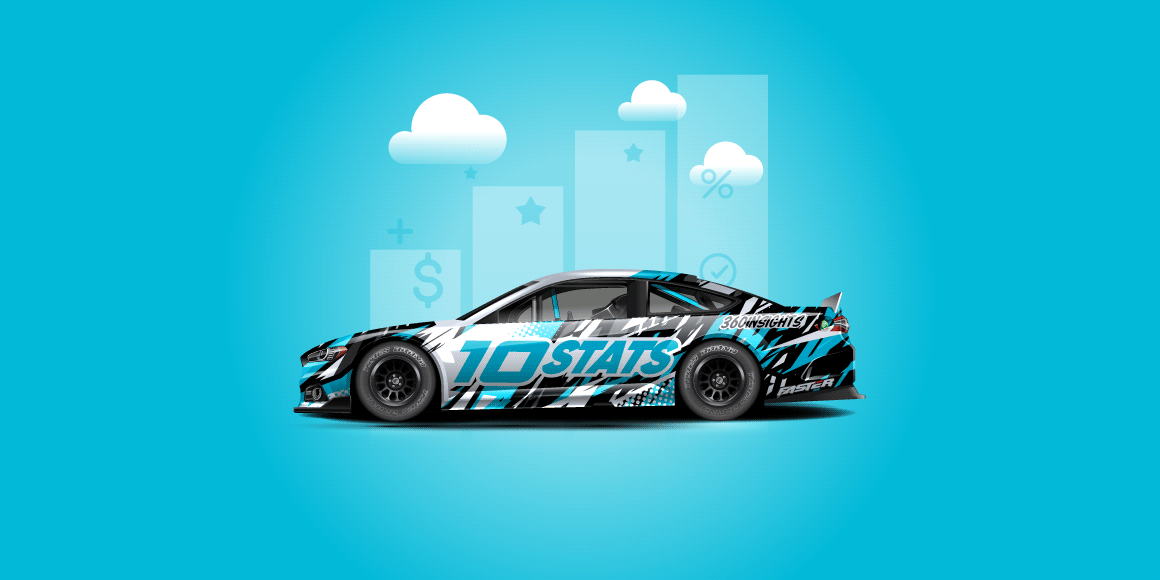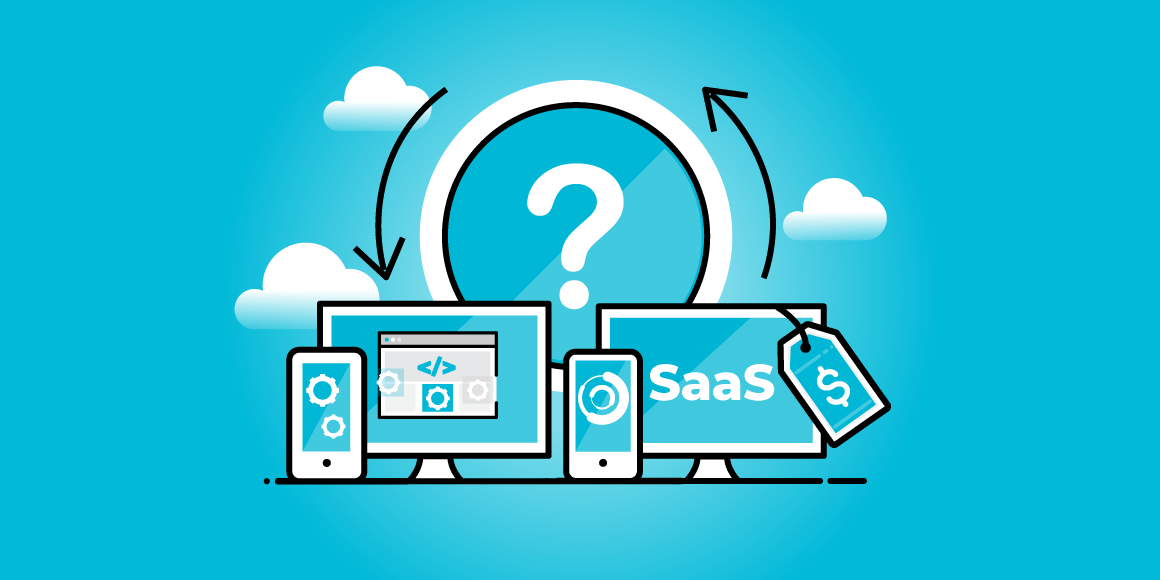The competition to capture the attention and loyalty of your down-dealers, such as jobbers, shop owners, and managers, has never been fiercer. Auto manufacturers and large-scale distributors face the continued challenge of not only differentiating themselves from competitors but also creating value that resonates deeply with these smaller partners and their customers.
Plus, the automotive aftermarket is undergoing a transformation—from EVs, to retailer consolidation, to the shift to eCommerce and online sales.
These changes demand a strategic approach to change management, preferably one that’s grounded in data.
We recently put out a report titled “Small Shops, Big Impact: Driving Loyalty in the Auto Aftermarket”. We asked hundreds of small automotive dealers how they felt about their partner-driven incentive programs—what’s working, what’s not, and everything in between. More than just a simple sentiment survey, the report uncovered a truckload of data and insights regarding these channel participants.
Now, we want to draw your attention to some of the most revealing stats, and what they could mean for your organization (or more specifically, your incentive strategy). These data points can help you start to better understand the perceptions and opinions within your channel, and from these, determine how best to optimize your approach.
So, are you ready to stand out and capture the mindshare—and business—of your automotive aftermarket partners? Let’s dive in.
Stat #1: 48% of your smaller automotive dealers aren’t participating in any kind of incentive or loyalty program.
No matter how you slice, the fact that nearly half of your smaller dealers don’t use incentives to reach their business goals should be a red flag. Either these partners aren’t utilizing what’s being offered to them—or they’re not being offered incentives at all.
What You Can Do About It:
First, it’s important to level-set and identify whether you even have a channel strategy at all for these partners. If you do, where does the channel disconnect come from? A lack of awareness? Poor marketing? Onerous requirements? All of the above?
If you’re not currently incentivizing this cohort, it’s probably worth reviewing why. What’s the value proposition? With these smaller operators accounting for at least 28% of your aftermarket channel (and as high as 2/3 in certain sectors), you’ll want to have a clear reason for not actively engaging this segment of your channel.
It pays to know what you could be missing out on, especially when channel incentives have been shown to benefit manufacturers and distributors in mindshare, competitive differentiation, and new product growth.
Stat #2: 50% of respondents said that a lack of impact on business performance is a major challenge when participating in incentive programs
Stat #3: Nearly half (42%) of these dealers state that a lack of awareness or information about programs is a major challenge.
Together, these stats give us an idea of WHY these dealers aren’t participating in incentives. At the heart of it, a large majority don’t feel (or understand) the impact that channel incentives can have on their business.
There could be a variety of causes of this. But clearly a lack of program awareness and/or information is a big one. If you have a program, but your participants don’t understand it (or worse, aren’t even aware of it), your incentives will have little chance of making an impact.
What You Can Do About It:
If you’re offering some sort of incentive to these smaller dealers, you need to make sure you’re:
- Properly marketing it, with simple, easy-to-understand rules, enticing rewards, and a streamlined redemption process
- Clearly highlighting the value proposition that it offers these partners. They need to know that participating in an incentive program will be worth their time, energy, and attention.
Stat #4: 60% of survey respondents cite “finding and retaining skilled labor” as their top organizational challenge.
Stat #5: 3/4 of respondents agree that training and certification can be an effective tool for helping them achieve their business goals.
Again, let’s take these two together. On the one hand, they speak directly to the difficulties that your automotive dealers are facing in their businesses. We’ve talked before about the labor market and the fact that many industries have been facing labor shortages in recent years. But now we have some conclusive data coming directly from those who are on the front lines facing this challenge.
On the other hand, these partners also believe that an effective way to manage this challenge is through proper training. And this makes sense. Better trained service techs and salespeople will likely lead to more satisfied customers, which leads to stronger sales.
For you, this ultimately means more loyal dealers.
What You Can Do About It:
If you can design an incentive strategy that focuses on training and certification, the data suggests that your dealers will most likely take advantage of it.
This means that if you’re an OEM, you’ll need to consider the latest models that your end-users might be driving, and the knowledge and expertise that will be required to maintain them. Are you building any incentivized learning modules or courses that can better prepare these smaller dealers to deal with the increasing complexity of tomorrow’s vehicles?
If you can help your partners train and retain their best employees, they’re more likely to continue to do business with you, rather than a competitor. If you’re truly interested in building long-term channel relationships, your goal shouldn’t just be to help your partners now—you need to start preparing them (and their businesses) for the future.
Stat #6: When it comes to participating in incentive programs, the 2 most important factors for these smaller dealers are “ease of use” and “easy to understand” program structures.
Stat #7: The top 3 most commonly used incentive programs are volume discounts, annual loyalty programs, and consumer rebates.
One thing that stood out from our report was the disconnect that these smaller dealers feel about incentives in general. While respondents repeatedly mentioned their desire for simplified incentive structures, their top incentive pain points used words like “complexity”, “difficulties”, and “burden”.
This helps explain why they tended to gravitate towards the incentive strategies with the lowest friction: volume discounts, loyalty programs, and consumer rebates. These smaller dealers likely have to spend most of their time focusing on their small business needs, rather than navigating hard-to-understand program structures. As we saw with Stat #1, in many cases these partners simply choose to opt out of participating all together.
What You Can Do About It
Keep it simple! Simplify your incentives wherever possible. What does your redemption process look like? Can invoices or claims be electronically scanned? How much of the incentive program is automated? How much of it could be?
These are all questions that need to be considered as you seek to optimize your channel incentive strategy. Look for places where friction exists in the program and try to find ways to minimize this. The less work your participants have to do to engage with your program, the more likely they are to participate.
Stat #8: More than 70% of your down-dealers think that earning an incentive travel reward would be an effective motivational tool for them.
Stat #9: Despite the perceived effectiveness of incentive travel, only 16% of your dealers are participating in this type of rewards structure
When channel partner engagement is the major issue, understanding what will motivate your partners is vital. Especially as workforces continue to trend younger, more and more dealers are likely to see travel as a key motivational tool. In fact, this tracks with the data and trends put out by the Incentive Research Foundation (IRF) in recent years.
In the case of your auto aftermarket channel, your participants are explicitly telling you that incentive travel is a reward that inspires them. But unfortunately, they’re not being given an opportunity to achieve it. Again, once you recognize this divide between what your partners want and what they have, you can start to think about ways to build a bridge between the two.
What You Can Do About It:
Consider what rewards you’re offering to your dealers. Are these rewards aspirational, or transactional? Most importantly, are your partners being given opportunities to earn something that’s truly meaningful to them?
Even if most of these participants don’t end up achieving a gold-medal travel reward, by simply providing the opportunity to do so, you could see incremental gains across the board.
Stat #10: Survey respondents view “enhanced customer expectations for service and convenience” as the #1 emerging trend impacting the auto aftermarket.
When it comes to industry trends, it’s important to know where the puck is going. This means anticipating, rather than reacting to, the needs and pain points among your channel in general, and your smaller dealers in particular. You need to do this first, before you can hope to influence their behaviors.
What You Can Do About It:
In our report, participants made it clear that their customers are looking for a better CX moving forward. What does this mean? It could be connected to the #2 emerging trend they cited, a “shift towards online sales and/or service”. In other words, end-users have become accustomed to shopping online, and this expectation is likely to bleed into industries that have traditionally focused on face-to-face experiences—such as in automotive.
So, you could look for ways to enhance your partners’ omnichannel capabilities. Are you providing MDF or Co-op funds to help these smaller partners with advertising and/or marketing? Also, if you’re offering consumer rebates, you should be trying to streamline the redemptions process to make this easy on the end-users. Not only will this increase the participation rate in these programs, it can also help your partners hit their individual KPIs, which typically involve same-store sales, customer satisfaction and retention, and profit growth.
In other words, when it comes to your partners, have you identified ways to help them achieve more of their business goals?
Conclusion
This is just the tip of the iceberg. Our report is chockfull of insights and data that we were able to pull from a wide swath of small auto aftermarket dealers. From industry pain points to emerging trends, these participants had a lot to say regarding the current and future states of their individual businesses. They told us which incentives are working for them, which aren’t, and why. They’ve hinted at their aspirations and needs, with the general consensus being that more can be done for them, and by them.
The question then remains: are we listening? Read the full report today for other insights into how you should be running your sales and marketing programs.






%20copy%205.png)